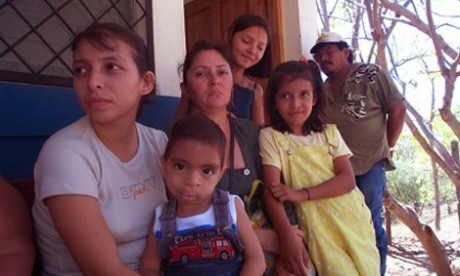If you’re looking for a two-parent, man-and-wife, never-divorced kind of family, head to one of those citizenship ceremonies.
If you want to find traditional American family values—a man and a woman officially married to one of their “own kind,” no plans for divorce, an older dad who is the breadwinner, a stay-at-home mom—the best place to look is … in immigrant families.
That’s one of several themes running through a new report, “Divergent Paths of American Families,” compiled by Zhenchao Qian, a sociologist at The Ohio State University. Qian began work on the US2010 research project looking to see if a “quieting” of change in family dynamics, first noticed in 1990s, had continued into the new century and through the turmoil of the Great Recession.
Depending on where you looked, family life in the U.S. had stabilized. And depending on where you looked, change was accelerating. The typical family had become, well, atypical.
“The state of American families has become increasingly polarized,” a release on the study quoted Qian. “Race and ethnicity, education, economics, and immigration status are increasingly linked to how well families fare.”
One of the most salient divergences lay between immigrants and the native-born, and what quieting could be found could often be attributed to immigrants. By 2010, the end point of Qian’s decade-long study period, immigrants made up 13 percent of the U.S. population. Those immigrants brought the customs of their various homelands with them, weird practices like getting married regardless of their income and staying married through thick and thin. (It’s true in Britain, too.)
Here are some other ways in which immigrants differ:
• At every age, they married at a higher level than U.S. natives, regardless of ethnic similarity. Asian immigrants, for example, were twice as like to ever marry as U.S.-born Asians.
• Immigrant women marry at a much younger age than do immigrant men. Hence, among those in the mid to late 20s, 62 percent of women were married but only 43 percent of men.
• Immigrant man and wife were more likely to be ethnically or racially the same compared to the U.S. average. Continue reading
Sources
